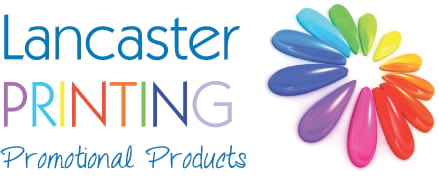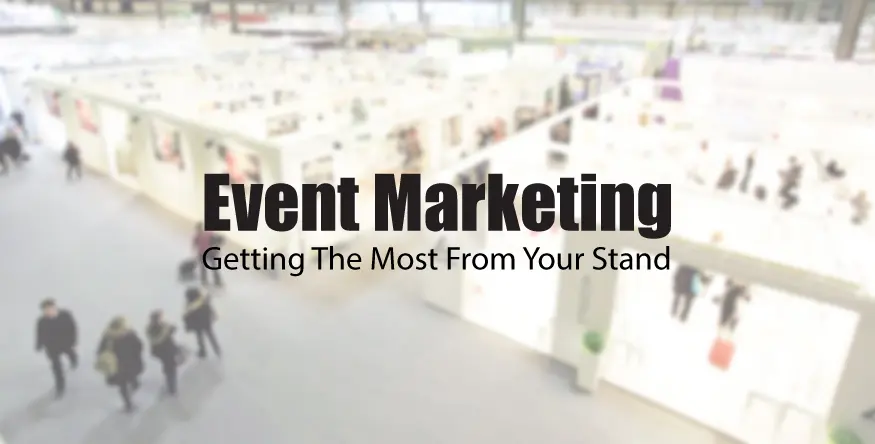Exhibiting at a conference or trade show isn’t cheap. Not only is there the cost of hiring the stand to take into consideration, there’s all the added extras such as Wi-Fi, scanners and promotional materials. And that’s before you consider the cost of taking several members of staff out of the office for several days to man the stand. With any event marketing strategies it’s important to consider how to focus your efforts and maximise your ROI. Here’s how.
Choose the Right Event
Make sure you do your research before booking your stand. Each year hundreds of conferences and exhibitions take place in the UK. It’s important to find the one that best serves your needs.
- Consider the demographic of attendees. Does this match your intended audience?
- How many attendees will be there? Poorly attended events will not yield the best results.
- Do the organisers have a good track record? If the event has been running for several years it’s likely that organisers have useful statistics at their disposal. They’ll be able to discuss attendance figures including a breakdown of attendees and leads that were generated, and they will also be able to talk to you about media coverage, social media trending, etc.
- Speak to other exhibitors. Ask for an exhibitor list and make a point of calling several businesses to ask about their previous experiences.
- Cost is usually a deciding factor for most organisations. Don’t accept the first price. Negotiate, in terms of cost and incentives.
- Ask about extras. Event organisers have to sell the space. Nobody wants to attend an empty event hall. When negotiating ask about what else organisers can offer. This might be use of digital scanners, free promotions, inserts in delegate packs, etc.
- Set your objectives. It’s important to establish clear, measurable objectives at the outset. What is your purpose? What are you trying to achieve? How will you measure it? Establishing targets helps you evaluate whether the exhibition will allow you to meet these goals.
Make an Impact
When you exhibit you share the space with several hundred other organisations all vying for attention. Make sure it’s your stand that attendees visit.
- Make your space as eye-catching and visually appealing as possible.
- Man the stand with professional, engaging staff who understand event marketing, and how to attract visitors and generate leads.
- Forget the hard sell. This is all about networking, sharing information and establishing first contact. The selling will come later, after the follow-ups and during negotiations.
- Consider promotional products. Providing contacts with a promotional gift will ensure your message endures long after the event has taken place. Research suggests that recipients are less likely to throw away good quality promotional products than leaflets or other marketing materials. Products that are used on an ongoing basis are even more effective and serve to further your brand/message.
- Don’t forget event bags. As well as handing out promotional items on your stand, consider adding items to the organiser’s event bags. This will reinforce your message for attendees who visited your stall and for those who didn’t; it provides a second chance to engage them.
Make Sure You Follow Up
It’s not all about the day. This is just a starting point and a means of networking and establishing leads. The real work comes later when you follow up and re-establish contact. Make your approach as effective as possible. If you or colleagues present at the trade show, share copies of slides or other useful information. If you have research at your disposal, share that too. Think carefully about what your target customer needs and try and find a way to provide that.
Remember that attendees are likely to be bombarded with other organisations contacting them and vying for their business. Make sure your approach is effective.
When executed carefully with a focus on goals, event marketing can yield some great results, and exhibiting is a big part of this. Much of the work is completed before the event in the planning, and after the event in the follow ups. To maximise ROI make sure it is integrated with your other marketing activities both online and offline.
















